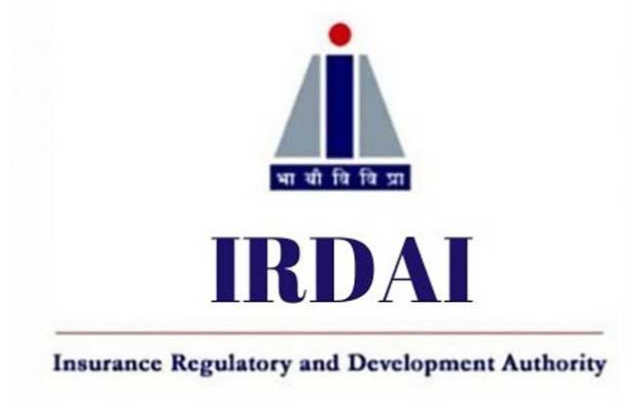Navigating Regulatory Scrutiny in Insurtech: A Balancing Act for Startups
Understanding the Impact of Regulatory Scrutiny on Insurtech Startups
The landscape of insurance technology, commonly known as insurtech, is undergoing a significant transformation, catalyzed by increased regulatory scrutiny. This week, amidst other notable technological and startup advances, the spotlight turns to the intensified oversight by the Insurance Regulatory and Development Authority of India (IRDAI) on startups aspiring for an insurance manufacturing licence.
For someone entrenched in the world of Artificial Intelligence and machine learning, like myself, the regulatory dynamics in the tech startup ecosystem offer a fascinating glimpse into the intersection of innovation, regulation, and market adaptation. Through my journey from Microsoft to running my own consulting firm specializing in AI, Cloud Solutions, and more, I’ve navigated various aspects of regulatory compliance, particularly in the tech space. This regulatory shift in the insurtech sector pegs a pivotal point that beckons a deeper analysis.
What’s Changing in the Insurtech Landscape?
Historically, fintech startups, with their agile nature and innovative solutions, have sought to disrupt traditional insurance sectors by applying for insurance manufacturing licenses. However, based on sources, IRDAI’s mounting discomfort with the standard corporate frameworks of startups could pivot the future trajectory of insurtech companies. The authority is reportedly advocating for direct investor involvement in the entities applying for licenses and mandates significant net worth from founders pre-application.
This development hints at a broader theme we’ve observed across the tech industry—where regulatory bodies are inching towards tighter governance to ensure stability and protect public funds. In a domain like insurance, where public trust is paramount, this move might signal a more cautious approach towards innovation at the expense of traditional stability.
< >
>
Interplay Between Innovation and Regulation
The repercussions of this regulatory stance are manifold. On the one hand, stringent regulations could safeguard the sector against instability and mismanagement—a concern highlighted by corporate governance issues in notable startups like BharatPe and Byju’s, along with compliance flags at Paytm.
On the other hand, this could potentially stifle innovation. Tech startups like Loop Health, Onsurity, and Kenko, which once harbored aspirations of revolutionizing the insurance space, now face significant roadblocks. This scenario is reminiscent of challenges highlighted in my previous articles regarding AI’s transformative impact on traditional spaces. The delicate balance between fostering innovation and ensuring regulatory compliance becomes even more critical as we venture into sectors handling sensitive public funds.
< >
>
The Future of Insurtech
The regulatory scrutiny is not merely a bottleneck but also an opportunity for mature, financially robust entities to lead. Specifically, companies like Galaxy Health and Narayana Health, steered by seasoned industry figures, have navigated the regulatory maze successfully. This development might encourage a new breed of insurtech ventures, grounded in financial solidity and operational transparency, paving the way for sustainable, trust-based innovations in the insurance sector.
As we delve deeper into the implications of these regulatory shifts, it’s essential to recognize that innovation and regulation need not be at odds. The overarching goal is to ensure that as we embrace technological advancements, particularly in areas leveraging Artificial Intelligence and machine learning, we do so with a framework that protects and serves the best interest of the public and maintains sectoral integrity.
<
>
Conclusion
In conclusion, the evolving regulatory landscape presents a complex challenge and opportunity for the insurtech sector. As we navigate these changes, the core objectives remain constant: fostering innovation, ensuring public trust, and building sustainable business models that leverage the best of technology to serve society. The journey of aligning innovation with regulation is intricate, demanding ongoing dialogue, adaptability, and a deep understanding of both technological potentials and regulatory imperatives.
As we move forward, it will be intriguing to observe how startups and regulators collaborate to shape the future of the insurtech space—a domain ripe with possibilities for transformative impact, guided by the shared principles of innovation, transparency, and public welfare.
Focus Keyphrase: Regulatory scrutiny in insurtech









Delighted to share my latest analysis on the evolving landscape of insurtech startups under the watchful eyes of regulatory bodies. This article draws from my experiences in AI and tech, highlighting the careful dance between innovation and regulation. It’s a topic close to my heart, aiming to shed light on the crucial balance required for sustainable progress in the insurance technology space. Looking forward to your thoughts and discussions on this matter.
Interesting read! While I remain cautious about how AI and tech influence sectors like insurtech, I can appreciate the potential benefits if managed wisely. Regulatory scrutiny, as much as it’s seen as a hurdle, seems necessary to keep innovations in check and ensure they’re genuinely beneficial to society. I hope we find a middle ground that fosters both innovation and safety. Also, appreciate the anime nod – Attack on Titan does an excellent job exploring themes of governance and the balance between freedom and control, somewhat parallel to this discussion!